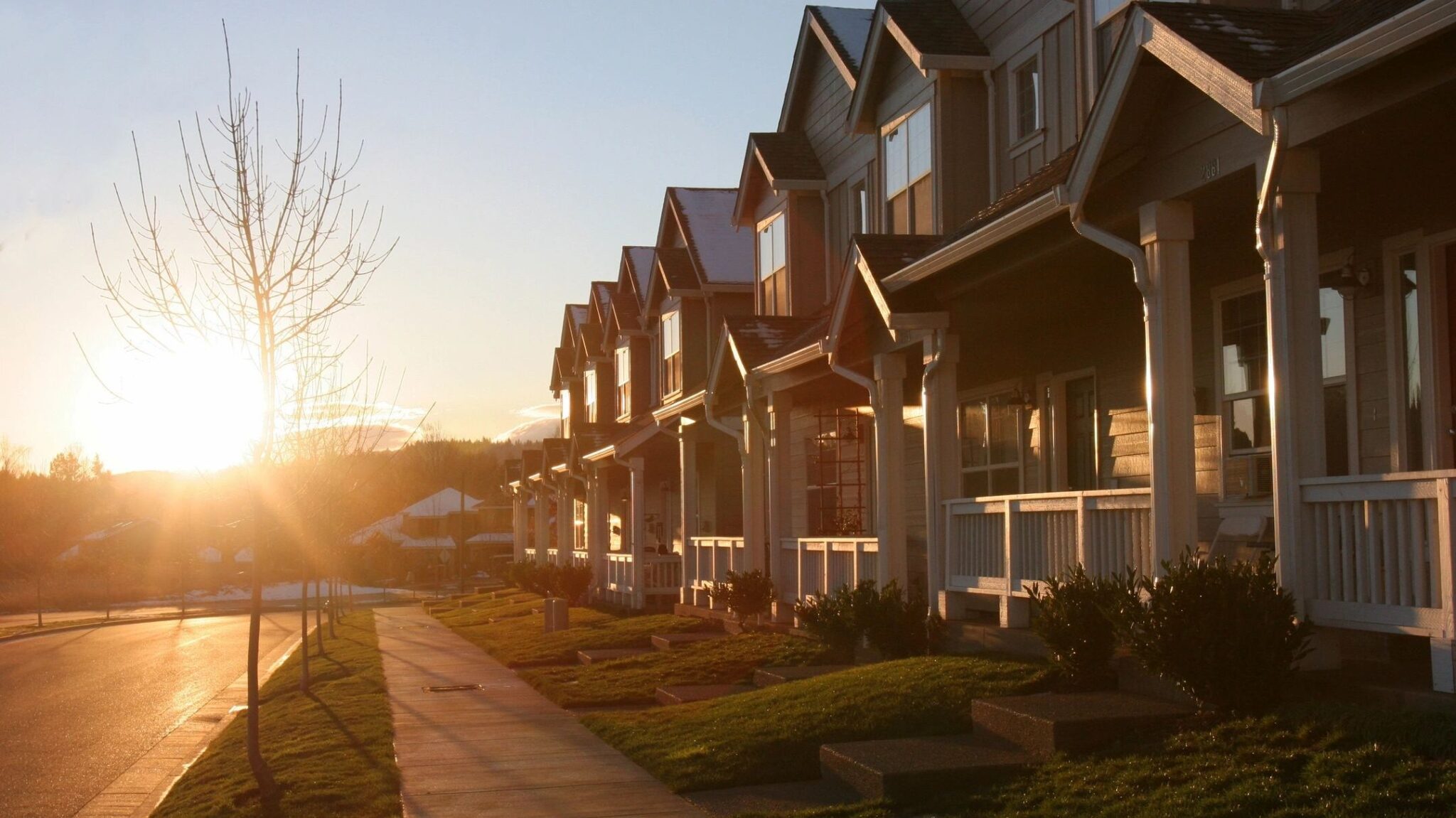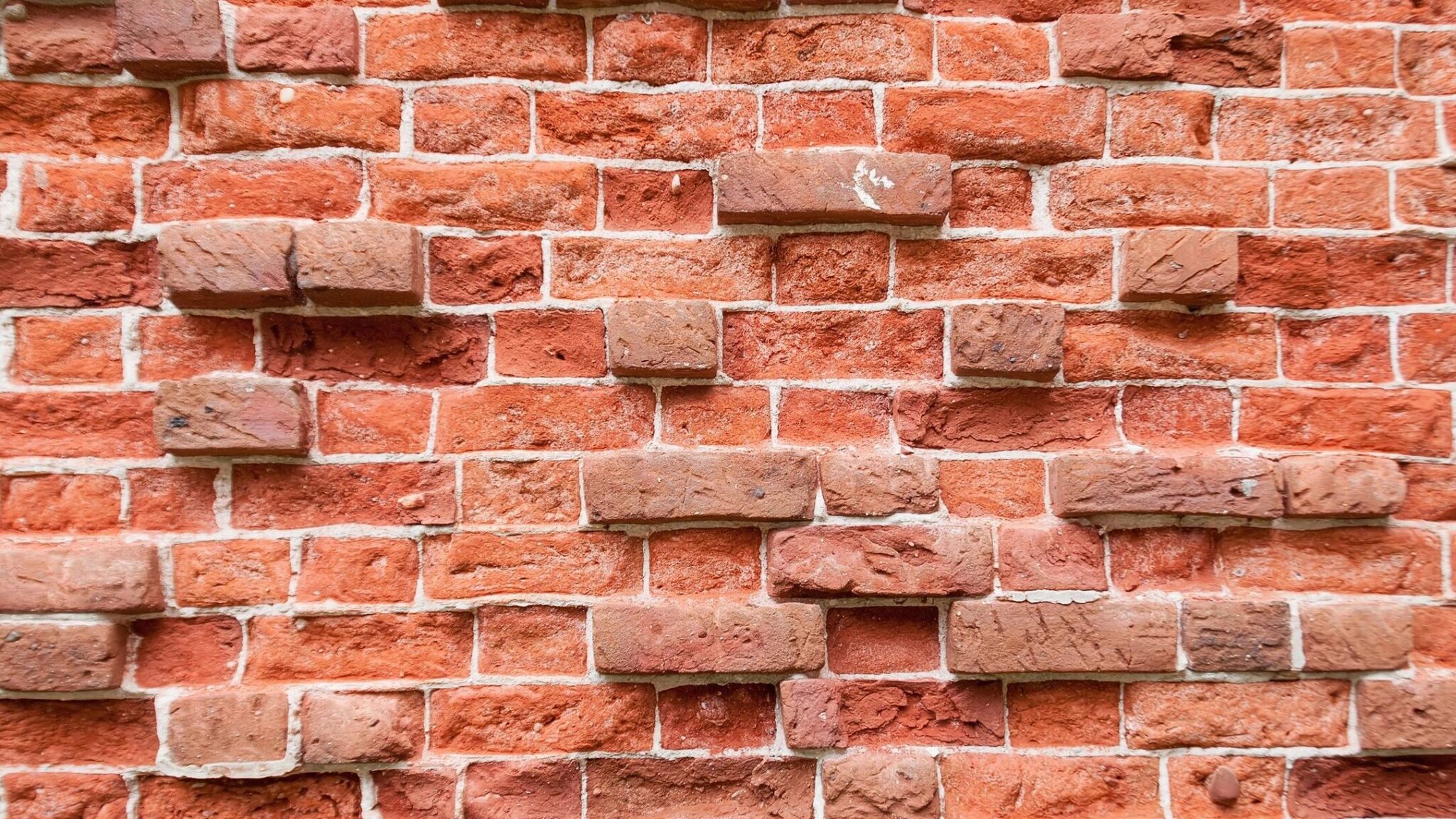How to Calculate Your ARV and Repairs in Real Estate Investing

Everyone talks about how its so simple to produce the ARV and the repair cost, but never share how…
Join us today for a lesson on how to conduct this effectively.
Although this can be simple, it depends on a few resources you’ll need and a general outlook on best practices.
If you ever want to create your HGTV dream home as an investor, you need to know how to estimate the repairs and the ARV.
Take notes as we cover this process.
Let’s get started…
ARV

To begin, understand that comparables (or comps) is what validates your ARV (or after repair value).
Residential comps and commercial (multi-family of 5 units or more – or mixed-use) comps, do not have the same practices.
Today we will review residential practices.
Residential properties are properties that are 4 units or less and are not mixed-use.
Generally, any comp that you use should be a comp that has undergone renovation.
You can only confirm this by looking at photos of the prospective property.
Usually, a property that has undergone renovation compared to a property that has just been well kept, will have different values.
However, in some markets, you will see these two properties can closely match in value.
Usually the property that has been well kept may not have the interior materials replaced (like original trim casing and flooring).
However, all of the finishes like countertops, backsplashes, tile, facets, appliances and vanities have been upgraded with original floors refinished.
Keep note of this while reviewing photos of any comps to confirm your comp is worthy of use.
We will go into a little more detail regarding well kept and renovated comps (and the markets they may apply to), after reviewing how you will create your search criteria to match your comparable property.
Here is your criteria to filter by:
When filtering to the criteria shown below, make sure you are looking at sold comps or comps under contract. Be advised that comps that are under contract could undergo a price adjustment post closing. This price adjustment will not be reflected until the MLS is updated after settlement.

- Year Built – Within 10 years of subject property.
- Square Footage – Within 200-300 sq. ft. of variance of the subject property.
- Bedrooms/Bathrooms – Match the planned renovation of total bedrooms and bathrooms.
- Building Material – Match brick with brick or frame with frame construction accordingly. If no matches exist, take note of this to debit or credit the comparable property accordingly.
- Neighboring Property – Match with detached, semi-detached or row home accordingly. If no matches exist, take note of this to debit or credit the comparable property accordingly.
- Garage & Parking – Take note of properties with or without a garage in attempt to match the subject property. If it doesn’t have a garage, try to match on-street or off-street parking accordingly. If no matches exist, take note of this to debit or credit the comparable property accordingly.
- Porch vs No Porch – Take note of properties with or without a porch in attempt to match the subject property. Take note of this to debit or credit the comparable property accordingly.
- Distance – Always target the closest comps. However, in larger metropolitan areas it may be best practice to choose properties under 0.5 miles away and commonly within 0.25 miles. While in rural areas, you could be going up to 3 miles away – possibly even 5 miles. The rule of thumb is to choose comps within one mile of the subject property. Note: Be aware of historical districts when comparing comps. Sometimes an historical district can literally be the next block over and these comps would not be a comparable with your subject property.
- School District – It is important to identify the school district of the subject property in comparison to the comparable properties. Schools with higher ranking curriculums will usually reflect higher sold comparable properties. Be sure to only compare properties within the same school district especially if one has a much higher preference amongst buyers then the other. If the school districts are closely matched, comparables in neighboring school districts may not affect homes values as much.
- Note: While it isn’t criteria to search by, it is important for you to take note of the days on market (or DOM). If a property sold at the original list price, but took a lot longer than average to sell, it may not have been priced correctly. Therefore, when aligning your ARV, it could be wise to proportionally reduce the selling price, if your targeted selling time is much shorter than the referenced comp in this hypothetical scenario. (Be sure to be considerate of homes that are at or below the median price range that usually sell faster than homes that are above the median price range when reviewing.)
After aligning all of the above, view pictures of the comps to confirm very well kept versus renovated. Ideally, you will always use renovated comps.
But, take heed to market differences, depending on your location.
- In larger metropolitan areas, the comparison of well kept and renovated properties will usually not be a concern because their selling prices are not closely matched.
- However in smaller metropolitan or rural areas, you may see very well kept properties and renovated properties align closer in resell value.
- While reviewing your comps, keep this thought in mind if you see similarities to what is mentioned here (in your market).
My favorite app to use for getting the ARV quickly is Homesnap. It is very well and conveniently structured. I can literally know my ARV in minutes.
After entering the property address it is simple to enter your search criteria and expand in the map function to see comparable homes that have sold as close to the property as possible.
Be sure to register for the app in order to use these functions. I don’t think it has the same functionality if you are not registered (or signed in).
Take note that all applications use a one year history of any property displayed unless the software has a function to change the history to go beyond one year.
In cases where I can’t find enough comps, this is when I use Zillow. I apply the same filters as described above and I alter the sold comps to two years (or 24 months technically as shown in the app).
Also, be advised that a Zillow Zestimate in some areas are very inaccurate when it comes to value and in other areas it can be very accurate.
Because Zillow is using an algorithm, and not looking at photos like you would, it may be using sales history to compute a Zestimate where you wouldn’t have.
Repairs

Okay – this is “biggie”! Many of you are totally butchering this!
I can’t explain how irritating it has been to go and look at a property that a wholesaler or realtor has said the repairs are about $10K and they turn out to be $60K!
So first things first. We are going to break this down into sub-sectors to simplify because this is a huge “beast” with many variables.
Due to case by case scenarios and chosen finishes, I will have to give estimated cost ranges below. Also, what is referenced here is for homes under 2000 sq. ft.
We will use sub-sections of various components of the possible repairs needed – which include parts and labor.
Mechanicals
- HVAC – $4,000 – $12,000
- Electric – This is a component that is behind drywall and may require some level of drywall removal and replacement (or gutting) – up to ~ $12,000
- Plumbing – This is a component that is behind drywall and may require some level of drywall removal and replacement (or gutting) – up to ~ $16,000
- Water Heater – $1,000 – $2,000
Big Box Items
- Foundation – $3,000 – $60,000
- Roof/Gutters – $6,000 – $12,000 (3-tab, dimensional and shingles only) or $150 – $700 per square (or per 100 sq. ft.)
- Windows – $200 – $400 per window
- Siding – $8,000 – $14,000 ($150 – $600 per sq. ft.)
- Kitchen – $8,000 – $30,000
- Bathroom – $2,000 – $6,000
- Insulation – $1 – $5 per sq. ft.
- Flooring – $2 – $10 per square foot
- Water Source – Considerable if property is not serviced by public water and public sewer or has well and septic (or a mixture of these).
- Septic Repair or Replacement – $1,500 – $18,000 (inspection – ~$1,200 – $1,500)
- Well Repair or Replacement – $4,000 – $8,000 (inspection – ~$1,200 – 1$,500)
- Deck/Porches – $12 – $22 per sq. ft.
- Concrete – $3 – $10 per sq. ft.
Cosmetics
- Framing – $10 – 22 per linear foot
- Drywall & Finishing – $25- $50 per sheet
- Outlets & Switches – $1,000 – $2,000
- Interior & Exterior Lighting Fixtures – $500 – $3,000
- Landscape – too much variance to specify
- Cosmetic Interior Demolition – $10 – $20 per hour
- Interior Paint – $1 – $5 per sq. ft.
- Exterior Paint – $1.50 – $3 per sq. ft.
- Exterior Doors – $100 – $150 per hour
- Interior Doors – $70- $130 per hour
Miscellaneous
- Power wash – $200 – $500 per house
- Dumpster – $300 – $700 per dumpster depending on dumpster size
- Permits – $200 – $2,000
- Permit Drawings – $30 – $50 per hour
- Garage Door – $600 – $1,500
- Mold – $600 – $15,000
- Staging – $1,500 – $3,000
- Cleaning – $100 – $300
- Door Knobs/Cabinet Pulls/Hinges & Hardware – $1,000 – $2,000
- Contingency Costs – 5% – 10% of total rehab costs
A very important aspect of learning to assess repairs (and to complete them quickly during a walk thru) is to understand how to make assessments on if repairs are necessary or not.
Detailed questions and a “good eye” leads you to a solid path.
Although, there is never certainty with any assessment and/or detailed questions. Therefore, you must always plan for contingency costs which is usually 5%-10% depending on how accurate you normally are.
A few tips are to:
- Get familiar with home inspection techniques and
- the costs of completed repairs.
These costs will need to be at top of mind while walking the property. This will take practice and good math skills.
- Available on our website – download this pdf (SFR – Property Analysis Walk Thru), review it, and use it when you walk a property. I created and used this until I no longer needed it.
With anything, you will get better with practice. Incorporate these practices into your routines so that you grow your experience and confidence.
Check out our investment calculator tools to support your growth and daily operation.

When you perform your renovation, gauge your initial accuracy and recalibrate as necessary to be more accurate for the next time.
Also, consider how you will hire for your repairs to be completed.
If you hire a general contractor versus hiring for each scope of work directly, expect to pay at least 10%-25% more for your renovation project.
If you will conduct your own GC’ing and can oversee the project, you will save.
I’d advise anyone unfamiliar with running a task oriented operation, not to try this until you’ve observed, coined your people skills, and performed managing an operation before you assign yourself to this task.
Thank you for joining today’s journey. As always, we are here to help progress your success.
Until next time faithful readers – future leaders!
Love ya and please help someone else by sharing something you can contribute to help them reach a goal.
How much of these applications mentioned today did you find familiar or helpful? Please comment and let us know.
FREE Deal Analysis for Rental Property Calculator!
Our mission is to help others develop using our knowledge and services.
We cater to those looking to grow professionally.
Explore our tools, education and services.
